Life
Sign up for our newsletter
We summarize the week's scientific breakthroughs every Thursday.
-
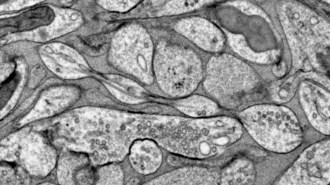 Neuroscience
NeuroscienceThe message-sending part of neurons may be blobby, not smooth
Axons can be shaped like strings of pearls, research in mice and people show. How that shape may influence brain signaling is not yet clear.
-
 Anthropology
AnthropologyHumans have linked emotions to the same body parts for 3,000 years
3,000-year-old clay tablets show that some associations between emotion and parts of the body have remained the same for millennia.
By Jason Bittel -
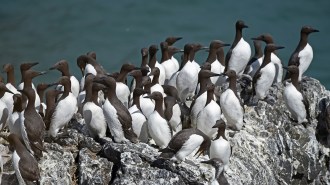 Life
LifeThe ‘Blob,’ an unprecedented marine heat wave, killed 4 million seabirds
Millions of other animals may have perished too, suggesting the die-off event might be one of the worst in modern times.
By Jake Buehler -
 Genetics
GeneticsNeandertal genes in people today came from hook-ups around 47,000 years ago
Most present-day humans carry a small amount of Neandertal DNA that can be traced back to a single period of interbreeding, two genetic analyses find.
-
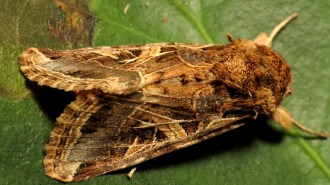 Animals
AnimalsThe screams of thirsty plants may prompt some moths to lay eggs elsewhere
Female moths may pick up on the ultrasonic wailing of distressed plants and opt to lay their eggs on different, healthier plants.
By Jake Buehler -
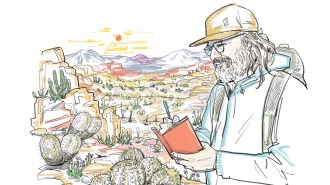 Plants
PlantsMeet a scientist tracking cactus poaching in the Atacama Desert
Botanist Pablo Guerrero has been visiting Atacama cacti all his life. They’re not adapting well to a drier climate, booming mining and plant collection.
-
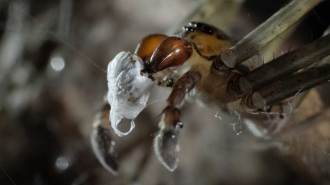 Animals
AnimalsClimate stress may undermine male spiders’ romantic gift giving
Even spider love lives show an effect of climate uncertainty: Stressed males may offer a bit of silk-wrapped junk rather than a tasty insect treat.
By Susan Milius -
 Life
LifeTrees are failing to adapt to climate change. Losing fungi partners may be why
Certain fungi give trees nutrients and water, but heat and drought are putting both at risk.
-
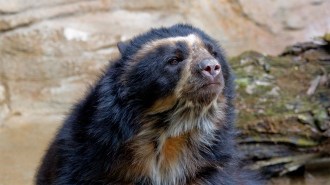 Ecosystems
EcosystemsNew videos reveal the hidden lives of Andean bears
The footage give clues to the range of plants the bears eat and how they mate, information important for conservation.
-
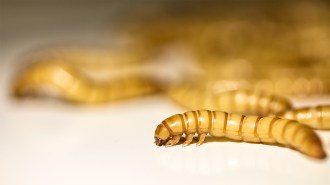 Life
LifeHere’s how long it would take 100 worms to eat the plastic in one face mask
An experiment reveals that a bio-solution to humans’ microplastics mess is likely to fall short, but could inspire other ways to attack the problem.
By Susan Milius -
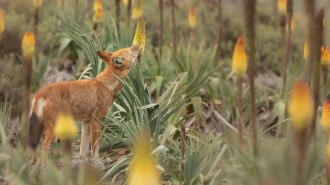 Animals
AnimalsEthiopian wolves are the first large carnivores found to slurp nectar
Wolves from three different packs were seen licking red hot poker flowers. That sweet tooth could make them the first known large predator pollinators.
-
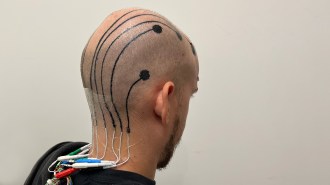 Neuroscience
NeuroscienceElectronic ‘tattoos’ offer an alternative to electrodes for brain monitoring
A standard EEG test requires electrodes that come with pitfalls. A spray-on ink, capable of carrying electrical signals, avoids some of those.